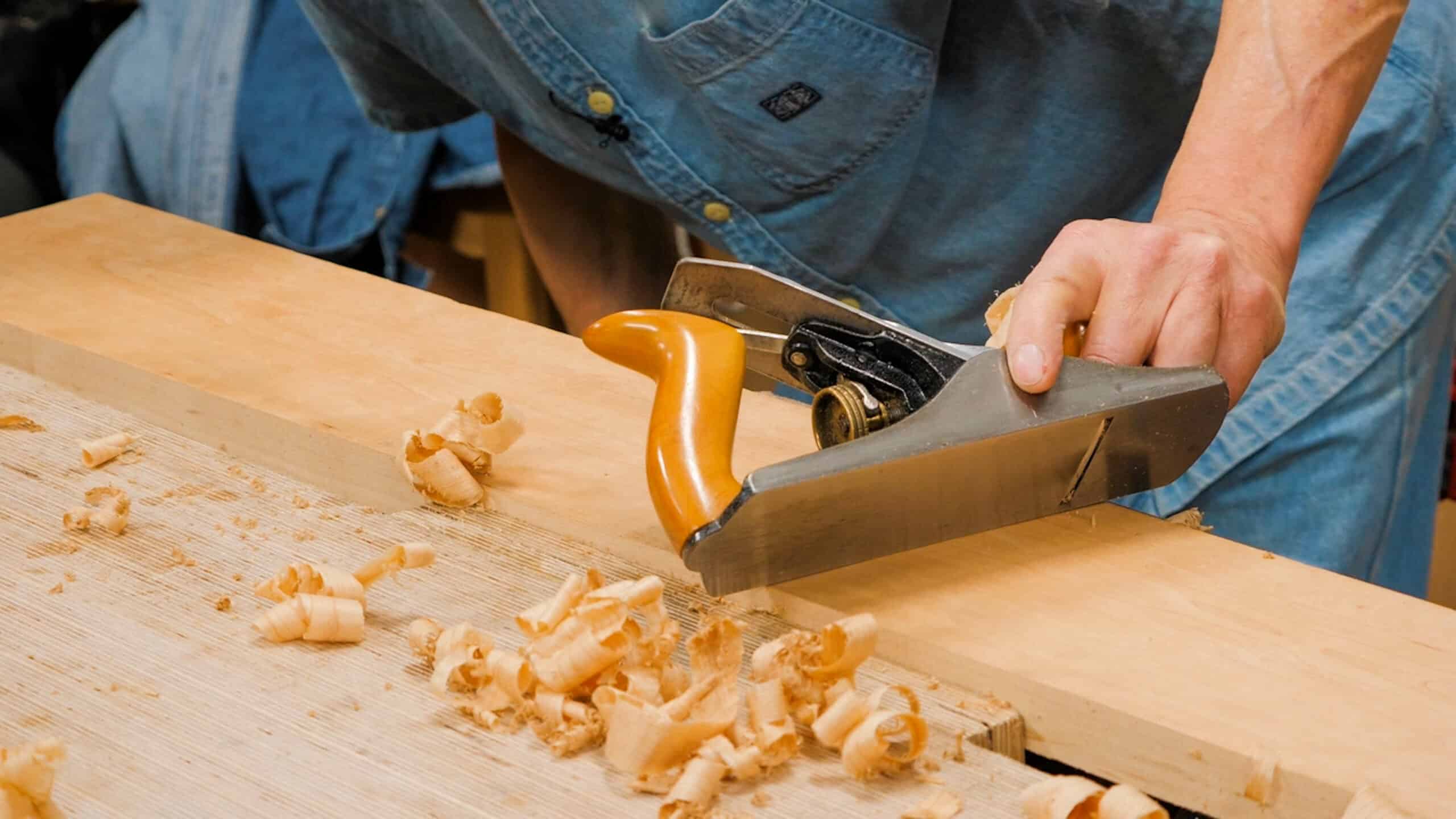Sellers Home Coffee Table: Episode 4
Posted 2 June 2021
This is an episode in a paid series. Want to watch it? You just need to sign up as a paid member, and you can enjoy this video and many other videos we think you will love.
Every project begins with wood that often has a variety of defects such as twist, cup, and bow. In this episode, Paul wants to walk everyone through the proven methods that have worked for hand toolists for centuries. Paul also uses the bandsaw to take care of at least half the heavier work as this machine takes off the bulk of the waste, and the wood needs only minimal planing before edge jointing and gluing up the panel. We then go on to true-up, plane, and scrape the tabletop ready for attaching to the table frame.


If you’re planning on netting 7/8” do you buy 5/4 material?
Hi Keith,
Paul says: Paul used 1” stock which is generally always milled oversize to allow for planing. Still, if you’re a little under the ⅞”, it would make little difference.
Izzy
It depends. For many parts, the 7/8″ doesn’t need to be exact. Aprons would be an example in many cases. If I end up 1/16 shy or even 1/8 shy, it likely won’t matter, so I buy 4/4 knowing that there’s a good chance I’ll get the 7/8. If the part is shorter, I’m even more confident. If the particular piece of 4/4 has little cup or twist, again I’m more confident. Sometimes, I don’t really need to have both surfaces clean, like on many table aprons. In that case, I don’t need to take as much off and can leave it somewhat rough on one side. With our methods of layout and joinery, if the piece marked 7/8 comes out as something else, like 13/16 or 3/4, it doesn’t change how I do the joinery (but I must take some care), so I can make it work. On the other hand, if I just need 7/8 no matter what and there’s no time or latitude for a re-do, like maybe for a table leg where 3/4 would look wrong, then I may buy 5/4. My inclination is to make the 4/4 work whenever I can because otherwise I’m just buying wood to throw away as shavings.
This is such real life woodworking here. I work at a sawmill and I wish more people understood the ability to work around a slight bow, or one board not completely cleaning up at the same thickness as the others, or perhaps losing an extra 1/16” when the sticker stain was deeper than expected. Some people want 8/4 soft maple cleaned up both faces, dead flat and straight 1 7/8” finished and it’s just not always possible or even necessary.
Do you ever use a tongue & groove when gluing up a table top or is it not necessary. Good program .
Have you tried the “alternative player”? Sorry you are experiencing buffering.